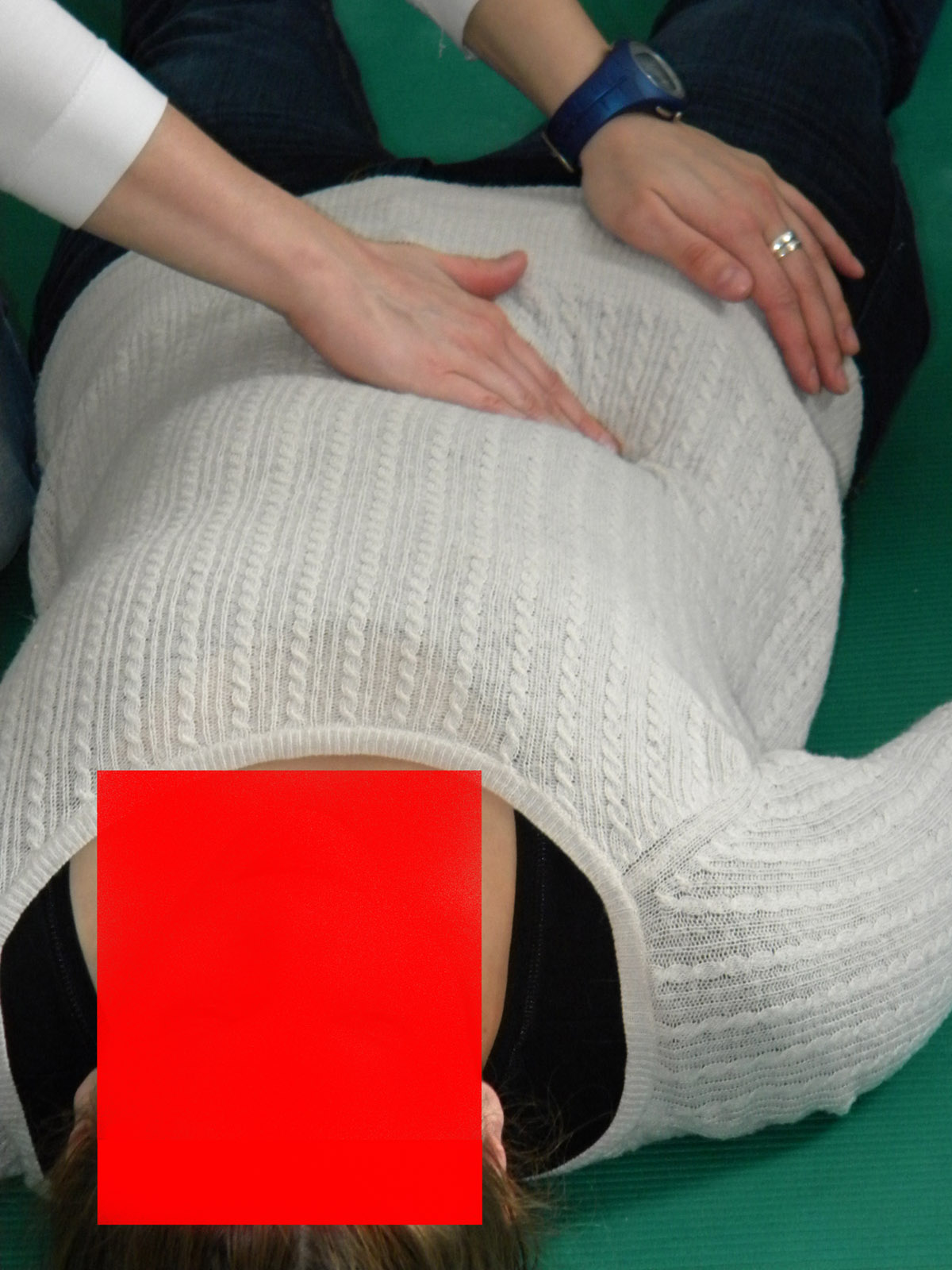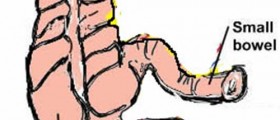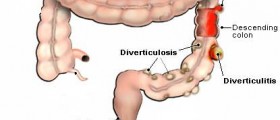Lower abdominal pain is also well known as the pelvic pain, lower abdominal cramps, or lower bellyache. The abdomen is a region where many important organs are located, such as the kidneys, appendix, spleen and aorta, as well as liver, pancreas, gallbladder and small and large intestine. When one of these organs is affected by some disorder, it may cause the pain. However, the pain may occur in upper or lower abdomen, as well as in the center of the abdomen and because of different causes.
Causes of Lower Abdominal Pain and Cramps
The abdominal area below the umbilicus or belly button is considered to be lower abdomen. Acute lower abdominal pain occurs suddenly and lasts for a short period of time. The main causes of the acute lower abdominal pain include various inflammations and infections. For example, appendicitis, diverticulitis, irritable bowel syndrome and sexually transmitted diseases, as well as vaginitis and kidney stones, are the most common causes of this condition.
When acute lower abdominal pain occurs frequently, it leads to the chronic lower abdominal pain and cramps. Dysmenorrhea, endometriosis, adenomyosis and fibroid tumors are typical causes of this condition. The pain in the lower abdomen can be felt on the both sides or in the center of the lower abdomen. The pain that occurs in the right side of the lower abdomen can be caused by appendicitis, constipation, diverticulitis, lymphoma and ulcerative colitis, as well as by kidney stones, hernia and Crohn’s disease. The pain that occurs in the left side of the lower abdomen is usually caused by bowel cancer, constipation, diverticulitis, bowel obstruction and abdominal aortic aneurysm, as well as by food poisoning, ovarian cyst, Crohn’s disease, irritable bowel syndrome and kidney infection.
- In about one-third of patients the underlying cause of abdominal pain cannot be specified.
- The most common aetiologies are gastroenteritis (7.2–18.7%),
- irritable bowel disease (2.6–13.2%),
- urological cause (5.3%),
- and gastritis (5.2%).
Causes of Lower Abdominal Pain and Cramps in Women
The main cause of this condition in women is menstruation. Furthermore, women may experience such pain due to cystitis, bladder inflammation, pyelonephritis and kidney stones. Pelvic inflammatory disease, endometriosis, fibroids and ovarian cysts, as well as ectopic pregnancy or miscarriage, can cause the pain in the pelvic region in women.
Symptoms of Lower Abdominal Pain and Cramps
The most obvious symptom of this condition is a severe pain in the lower abdomen. This steady pain tends to spread and worsen after long standing. Because of this pain, the person usually loses appetite and consequently loses body weight. Tiredness and fatigue, as well as exhaustion because of the constant pain, are also some of the symptom of this condition.


















Your thoughts on this
Loading...